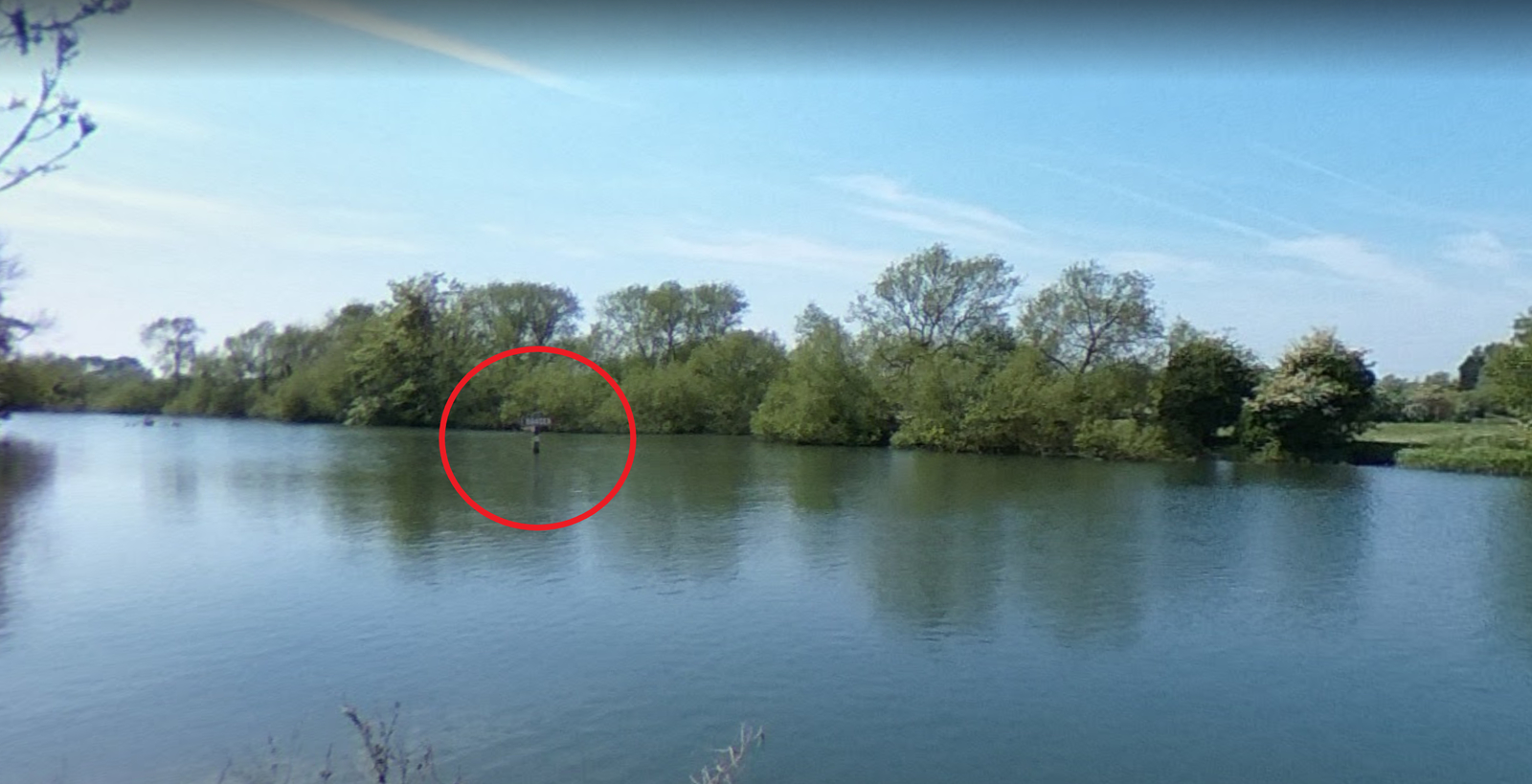Coxing Notes
Theo’s Coxing Notes v1.0 Link to heading
MT 2020
DO NOT FORGET TO WEAR A LIFE VEST WHEN COXING WE HAVE HAD COXES DEMOTED BY OURCs FOR THIS
Intro Link to heading
The point of this document is to quickly run through the most important things that you need to know coxing for the Boat Club. This document is predominantly aimed at novice coxes, so does not cover rule changes that happen under blue flag or other rules that novice coxes will not encounter. I’m assuming some minor level of familiarity with rowing in oxford.
An important thing to keep in mind is that when on the water, you are in charge of the boat, so are responsible for the safety of everyone onboard. Not to scare you, but this is also true in a legal sense, i.e. you are just as responsible for accidents as the driver of a minibus.
Universal rules Link to heading
There are a number of rules for coxes that apply regardless of where you are coxing. These rules are for the most part set by OURCS so not following them may affect your ability to race bumps. They are roughly ranked in order of importance, but this is not a strict ordering.
- If you dont think it is safe to boat, dont!
- Always wear a life jacket on outings.
- Dont row during a lightning storm.
- Dont row if there is ice on the river.
- You can only boat for an hour before sunrise and and hour after sunset.
- If you are going to be out before sunrise or after sunset, attach lights to the boat that are visible from 360 degrees (i.e. front and back).
- If fog reduces visibility below 100m do not boat.
- Always look behind yourself before you push out to make sure you dont get in the way of moving crews (very important on the ISIS, but applies to abingdon also).
- Technically OURCS can fine the club if you swear or curse or use rude gestures at any point whilst on the water. This usually only happens during races (and I have seen it happen), but can happen if someone from OURCs sees you, or you are reported.
Teminology and Calls Link to heading
Various calls and terminology in no particular order
- Racking boats
- “Hands on” rowers should place their hands on the boat
- “Lifting on 3…1…2..3” rowers lift the boat slightly off the rack and slide it clear of other boats on the rack
- “Lifting to heads on 3…1…2..3” Note: When the women go to heads from waist they rock the boat 2/3 times on the count to get some momentum before they lift
- “Walking/walk it out/outhouse” rowers walk the boat towards the water
- “Splitting to shoulders on 3…1…2…3”
- “Feel for the edge”
- “Rocking it in on 3…1…2…3”
- “Lifting to waists on 3…1…2…3” Note: This is mainly for the women who go to waists and then heads, generally if there are any women in the crew, go to waists rather than straight to heads
- Launching Boats
- “Numbering off from bow when ready”
- “Lean out, Push off”
- Rowing instructions Note: Always give a “GO!” or something as a specific point for rowers to commence the action.
- “From backstops/finish” / “From frontstops/catch”
- “Full slide rowing” / “Arms only” / whatever you’re doing
- “feathered blades” / “square blades”
- “Full slide rowing” / “Arms only” / whatever you’re doing
- “On the next stroke”
- “Bringing in the backs” / “going to full/half/three-quater slide” etc
- “easy there”
- A Tap: A single stroke used to aim the boat
- A Squeeze: A gentle/small single stroke used to precicely aim the boat
- Easy There: Rowers stop what they are doing
- Hold it: Rowers bring the boat to a stop by holding their blades square in the water
- HOLD IT HARD!: Emergency use only Rowers stop the boat as fast as they can. Only use if there is immediate danger if the boat does not stop very quickly
- “From backstops/finish” / “From frontstops/catch”
General Tips Link to heading
- Check that bow can hear you clearly before you push off
- Steering
- Generally less steering is better. if you dont need to push the rudder to full lock, dont.
- The power of the rudder is determined by the speed of the boat through the water, if you are going slow, you might have to use pressure calls when the steering is not strong enough.
- Particularly for mixed crews, be aware that you might need to trim the steering (i.e. rudder slightly on to go straight)
Isis specific information Link to heading
-
You must launch with bow pointing upstream
-
You must have a full boat (i.e. 8 rowers in and 8 etc.)
-
Dont stop or overtake in the gut
-
Ask before you spin with someone
-
Understand the spinning locations as defined in the code of conduct
- from the code of conduct
Under green flag boats may only spin at the following places during Term:
-
upstream of the second large mooring post (counting from the boathouse island end) on the City side at the Head of the River.
-
at Longbridges, between the upstream end of the Longbridges raft and the downstream bridge, spinning stern towards the towpath, and remaining close enough to the towpath to leave a clear passage for crews entering and leaving the Gut.
-
below the red and white post on Haystacks Corner (City). A spinning crew must not keep paddling once downstream of this post, and must stay upstream of the white Isis Boathouse post (City) as they spin. Crews must not proceed below the white post unless wishing to transit Iffley Lock or racked at the Isis Boathouse. Crews racked at the Isis Boathouse may use the area just below the white post to boat or land only but are recommended under blue or amber flag to spin above the post and drift or back down to land.
Photos if the haystacks spinning posts are here: upper spinning post & lower spinning post
Abingdon Specific Information Link to heading
- Launch with bow facing upstream
- Be quiet when launching and landing early in the morning, we get angry people accosting us after the session if you aren’t
- Be careful of the danger sign. We have already lost a boat to it once. As you head downstream at abingdon there is a sign in the middle of the stream. Early in the morning when its dark this sign can be hard to spot. This is what it looks like.
- Upstream there are three green buoys, keep these on your right as you go upsream and on your left as you go downstream.
Images Link to heading
Haystacks Spinning Link to heading
Upper spinning post Link to heading
The red and white striped post that marks the upper bound of the haystacks spinning area:
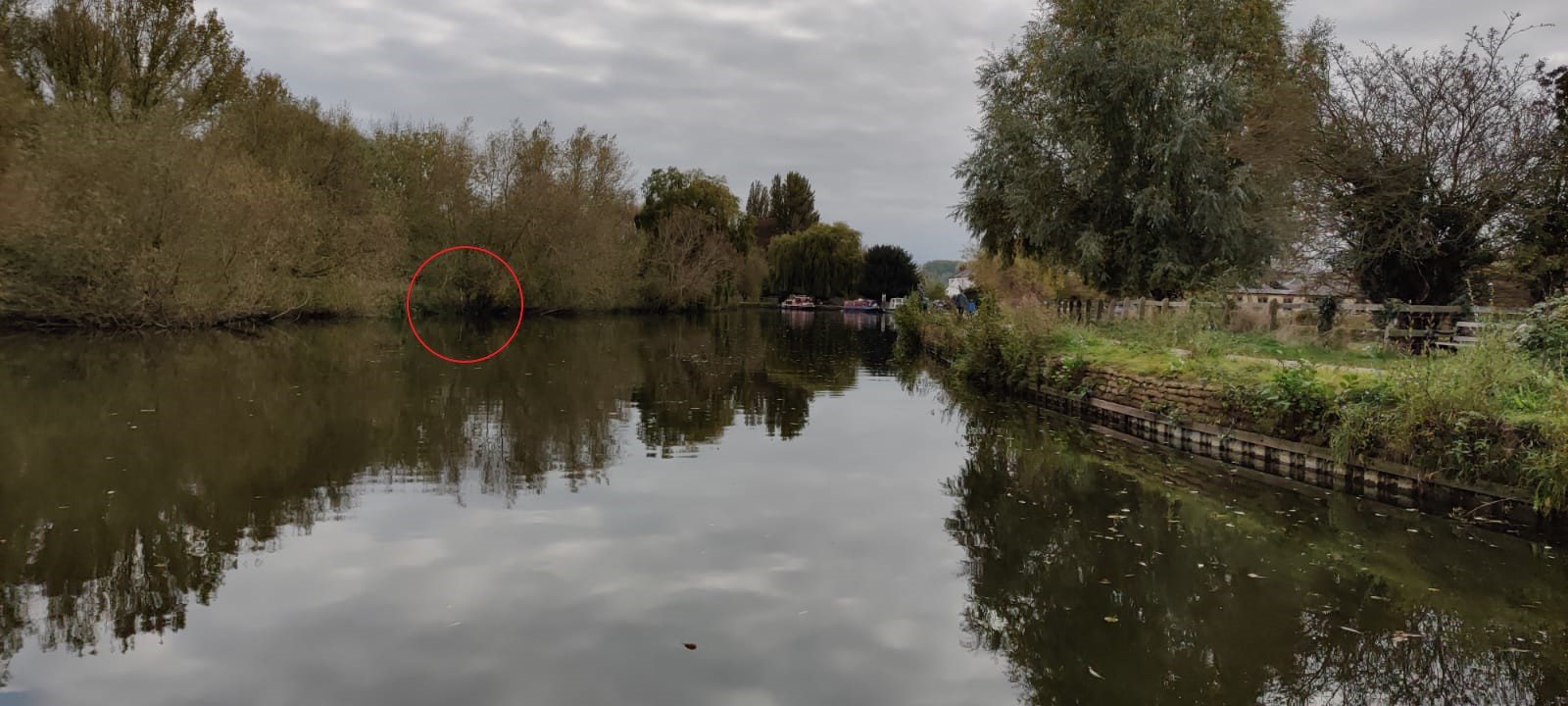
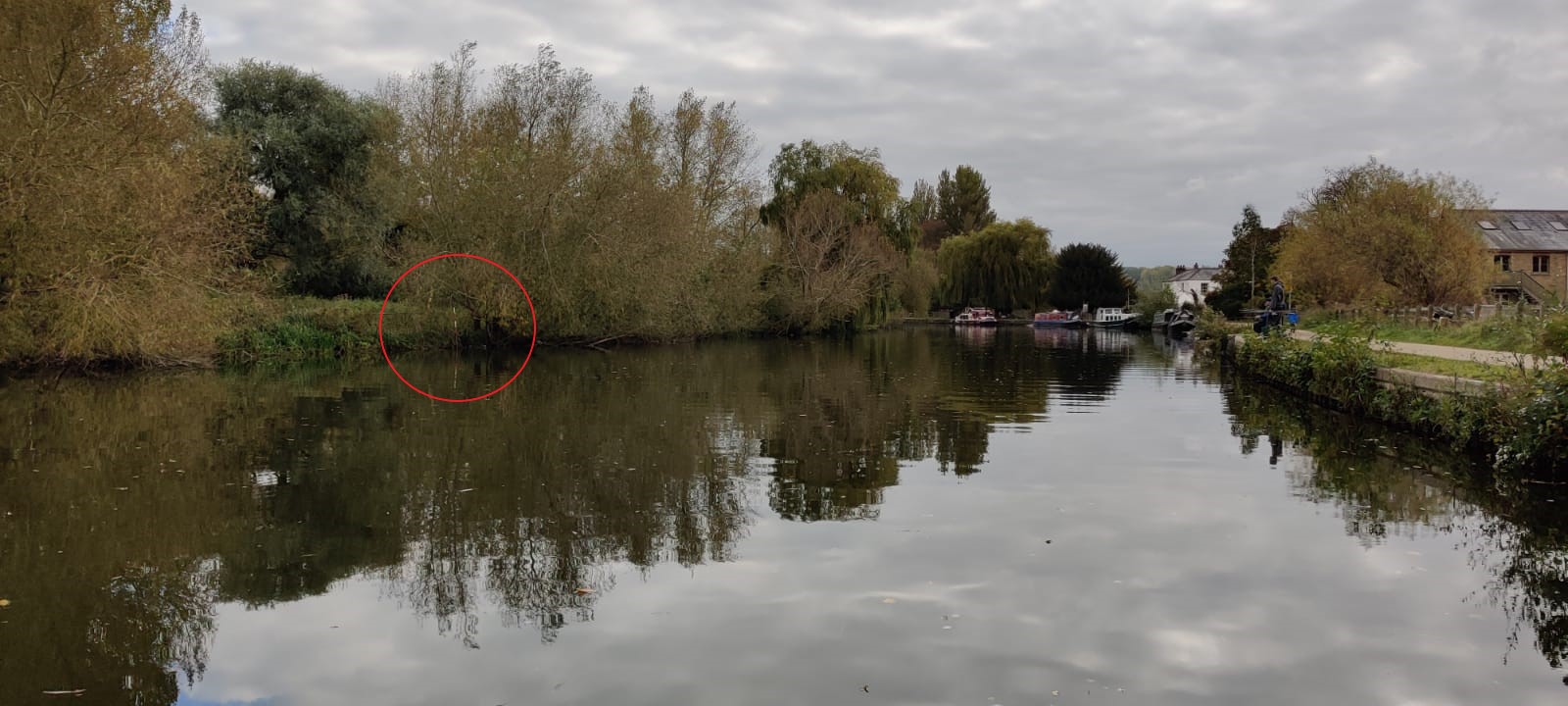
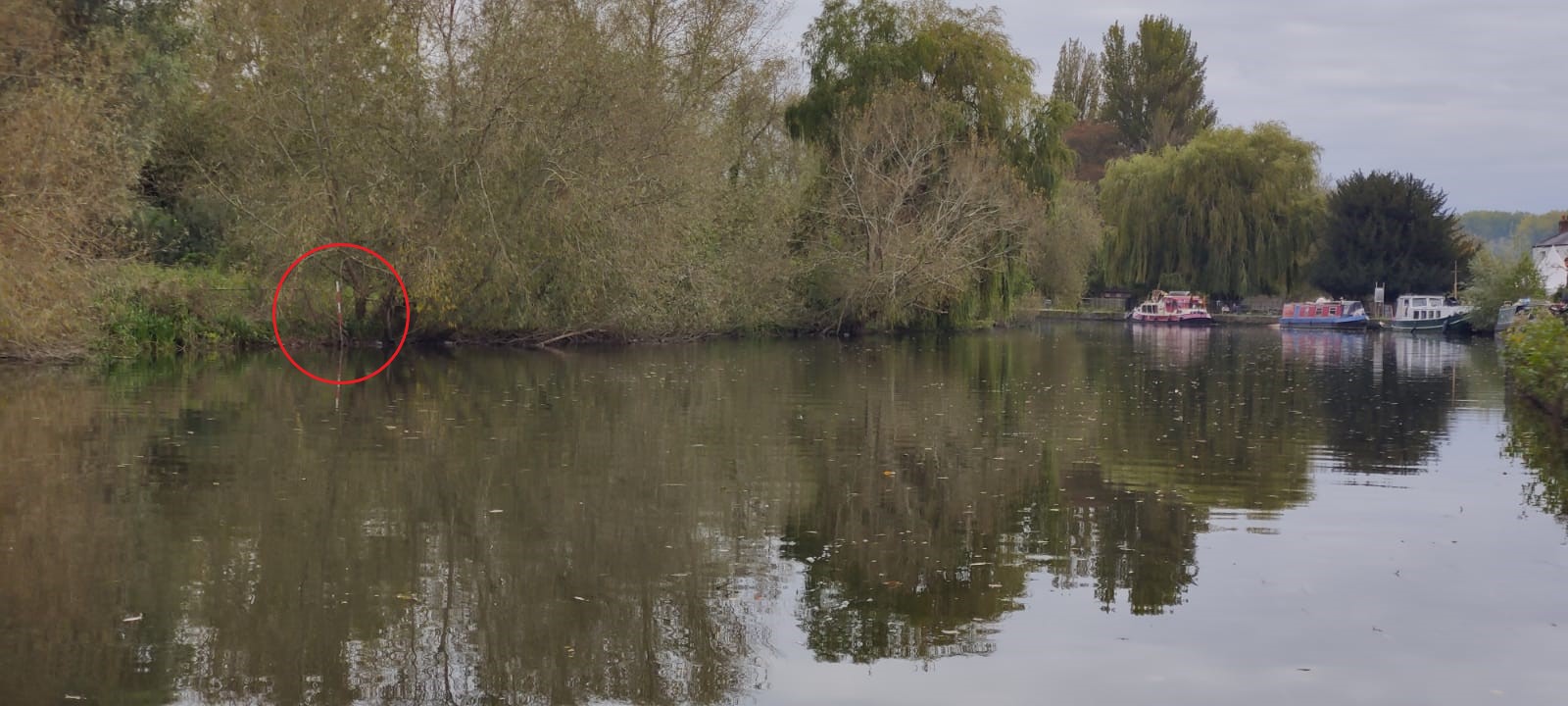
Lower spinning post Link to heading
The white post marking the bottom of the haystacks spinning area:
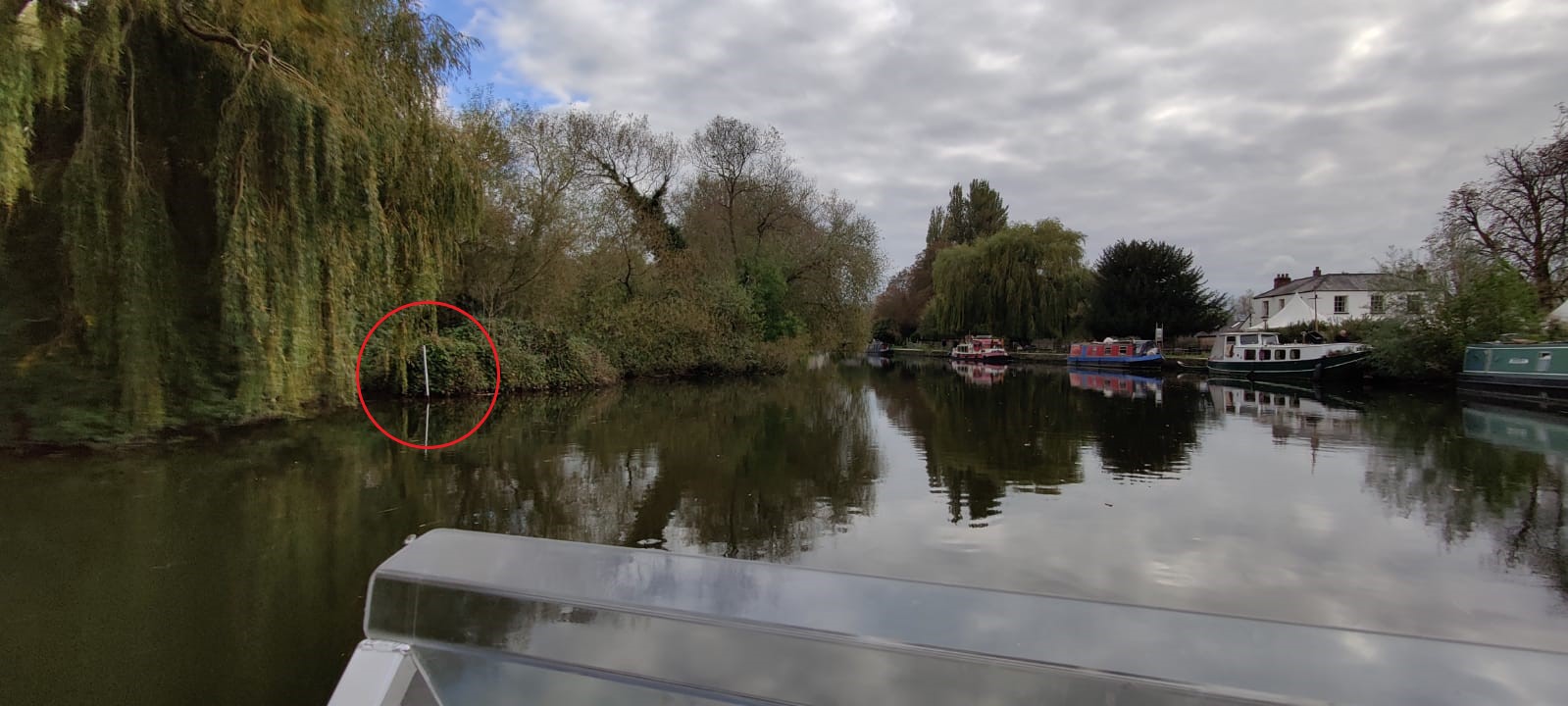

Abingdon Danger sign Link to heading
